Featured image credit: ROSCOSMOS/Yuzhny Space Center
Lift Off Time | March 12, 2022 – 23:13 UTC March 13, 2022 – 02:13 MSK |
|---|---|
Mission Name | Olymp-K2 |
Launch Provider | Khrunichev State Research And Production Space Center |
Customer | Russian Ministry of Defense (FSB, Intelligence Service) |
Rocket | Proton-M / Briz-M |
Launch Location | Launch Complex 200/39, Baikonur Cosmodrome, Tyuratam, Kazakhstan |
Payload mass | 3,000 kg (~6600 lb) |
Where is the satellite going? | Geostationary Earth Orbit (GEO) |
Will they be attempting to recover the first stage? | No, this is not a capability of Proton |
Where will the first stage land? | It will crash into the steppes of Kazakhstan |
Will they be attempting to recover the fairings? | No, this is not a capability of Proton |
Are these fairings new? | Yes |
How’s the weather looking? | TBD |
This will be the: | – 2nd satellite in the Olymp-K series – 104th launch of the Proton-M/Briz-M – 429th launch of a Proton rocket (any variant) – 36th orbital launch for 2023 |
Where to watch | If available, an official livestream will be listed here |
What Does All This Mean?
On March 12, the Russian Ministry of Defense is launching the 2nd satellite in the Olymp-K series to Geosynchronous Earth Orbit. It is launching on board a Proton-M rocket with a Briz-M upper stage, from Baikonur Cosmodrome in Kazakhstan.
What Is Olymp-K No. 2?
This is the 2nd satellite in the current series of Olymp-K satellites. The first of these, Olymp-K No. 1 was launched in 2014. The Olymp-K satellites operate at Geostationary Earth Orbit, that is in apparent fixed locations in the sky, as seen from the ground.
The precise mission and description of the Olymp-K satellites has not been made public. However, some reports have suggested that their purpose is for signals intelligence gathering. It has been detected that Olymp-K No. 1 has altered its position in GEO multiple times, each time fixing its location in proximity to a commercial communications satellite.
Olymp-K No. 1 Orbital Position
| Date (*) | GEO stable longitude | Closest satellite |
| 2015-02-22 | 96.4 E | Express AM-33 |
| 2015-06-26 | 18.1 W | Intelsat 901 |
| 2015-10-05 | 24.3 W | Intelsat 905 |
| 2016-01-11 | 1.1 W | Intelsat 10-02 |
| 2016-09-14 | 9.9 E | Eutelsat 10A |
| 2017-08-18 | 32.7 E | Intelsat New Dawn |
| 2017-10-25 | 38.1 E | Paksat 1R |
| 2018-01-17 | 41.9 E | Turksat 4A |
| 2018-04-27 | 47.5 E | Yahsat 1B |
| 2018-06-07 | 48.0 E | Eutelsat28B |
| 2018-07-03 | 49.9 E | Turksat 4B |
| 2018-10-28 | 57.0 E | NSS 12 |
| 2019-02-21 | 60.0 E | Intelsat 33E |
| 2019-07-01 | 64.0 E | Intelsat 906 |
| 2019-08-25 | 65.9 E | Intelsat 17 |
| 2019-10-22 | 68.4 E | Intelsat 20 |
| 2019-11-28 | 70.6 E | Eutelsat 70B |
| 2020-03-28 | 21.5 E | Eutelsat 21B |
| 2020-05-11 | 1.1 W | Intelsat 10-02 |
| 2020-09-28 | 4.9 W | Eutelsat 5W B |
| 2020-11-06 | 3.1 W | ABS-3A |
| 2021-01-01 | 8.1 W | Eutelsat 8W B |
(*) Note that these dates are the dates on which the satellite became stationary again at the new reported latitude; each change of latitude will have taken some time.
In some cases listed above, multiple satellites were located in the vicinity and so it is possible that signals to more than one satellite were being intercepted.
Satellite Bus
It is believed that the satellite is based on the Ekspress-1000NTA bus platform. The Ekspress-1000 platform has had several variants to fly, starting in 2011.
| Bus variant | First flown | No. of flights | Primary launcher |
| 1000A | 2011 | 2 | Proton-M / Briz-M |
| 1000AM | 2012 | 1 | Proton-M / Briz-M |
| 1000K | 2011 | 6 | Soyuz 2.1b / Fregat |
| 1000N | 2011 | 3 | Proton-M / Briz-M |
| 1000NT | Yet to fly | 0 | Zenit-3F |
| 1000NTA | 2012 | 3 | Proton-M / Briz-M |
| 1000NTB | 2014 | 2 | Proton-M (Briz-M & Blok DM-03) |
| 1000SN | Yet to fly | 0 | Unknown |
| Other unknown | 2016 | 4 | Proton-M / Briz-M |
What Is Proton-M?
Proton-M is a multi-use heavy-lift launch vehicle that first flew on April 7, 2001. It is capable to launch civilian and military satellites, as well as cargo missions to the ISS. This launch vehicle was developed and is manufactured by Khrunichev State Research and Production Space Center. Over the decades, several variants of the Proton rocket have been developed and flown over 400 times.
Compared to its ancestor, Proton-K, the Proton-M rocket has a new control system that not only enhances its power performance, but also improves its operational and environmental characteristics. For instance, it makes the utilization of propellants more efficient. It ensures that almost all fuel on the first stage of Proton-M burns up completely during ascent and the rocket crashes on land with empty tanks, which prevents contamination of the area.
The new system also provides a more controlled landing of the first stage. This has two benefits: easier debris recovery and reduced rent payment (the Baikonur Cosmodrome is located in Kazakhstan, where Russia leases the land). Moreover, it has larger payload fairings, which more than doubles the available space for payloads.
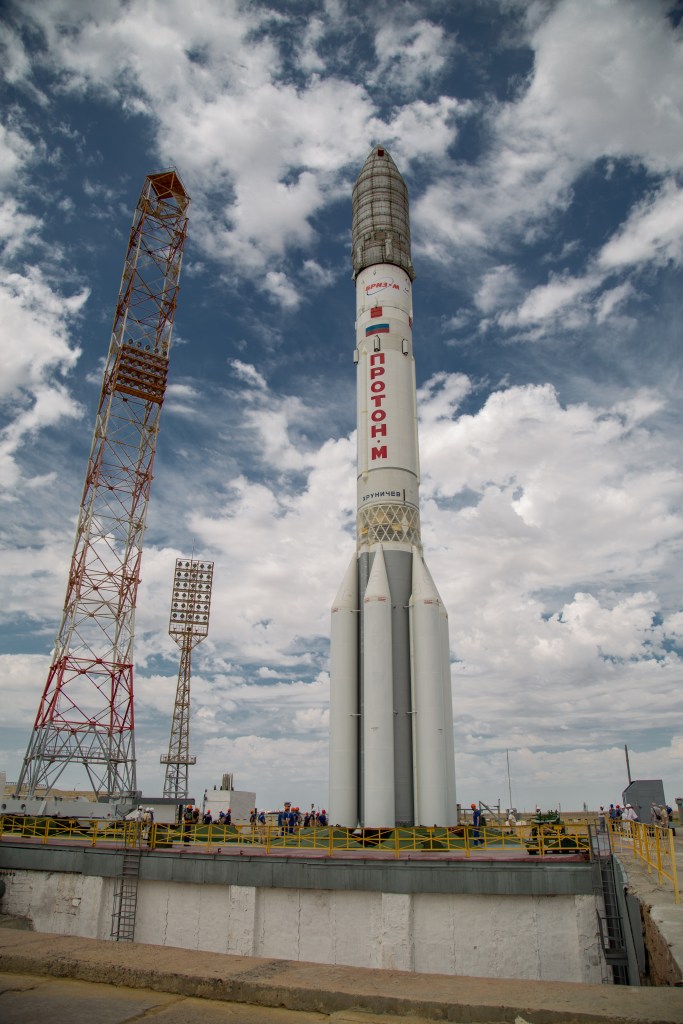
The rocket consists of four stages, all of which are expendable. Proton-M is about 58.2 meters (191 ft) in height and 7.4 meters (24 feet) in diameter. The vehicle’s total lift-off mass is approximately 705,000 kg (1,554,000 lb). The rocket’s payload lift capacity to low-Earth orbit (LEO) is 22,400 kg (49383 lb).
Stages
| First Stage | Second Stage | Third Stage | Fourth Stage (Briz-M) | |
| Engine(s) | 6 x RD-276 | 3 x RD-0210 and 1 x RD-0211 | RD-0213 and RD-0214 | S5.98M |
| Total Thrust (kN / lbf) | 10,032 / 2,255,283 (sea level) | 2,354 / 529,200 (sea level) | 572 / 128,590 (vacuum) | 19.62 / 4,410 (vacuum) |
| Specific Impulse (s) | 288 (sea level) 316 (vacuum) | 320 (sea level) 327 (vacuum) | 325 (vacuum) | 328.6 (vacuum) |
| Burn time (s) | 121 | 211 | 258 | 3,200 |
First Stage
The first stage (21.2 m in length) consists of a central cylindrical part, which is an oxidizer tank, and six side fuel tanks, each one of which carries an RD-276 engine. Unlike the four side-boosters on Soyuz 2 rockets, the ones on Proton-M are not detachable.
One interesting fact about the Proton-M rocket is that its design was greatly affected by the logistics. For example, the diameter of its oxidizer tank is the maximum that can be delivered to the pad by rail.

The RD-276 engine runs on a hypergolic propellant that uses dinitrogen tetroxide (N2O4) as an oxidizer and unsymmetrical dimethylhydrazine (UDMH, (CH₃)₂N₂H₂) as a fuel. Each one of these engines has one combustion chamber and together they are capable of producing a thrust of 10,032 kN (2,255,283 lbf) at sea level, with an ISP of 288 s at sea level and 316 s in a vacuum. A burn time of this stage is ∼121 s. The RD-276 engines can control thrust vector by swiveling tangentially up to 7° from their neutral position.
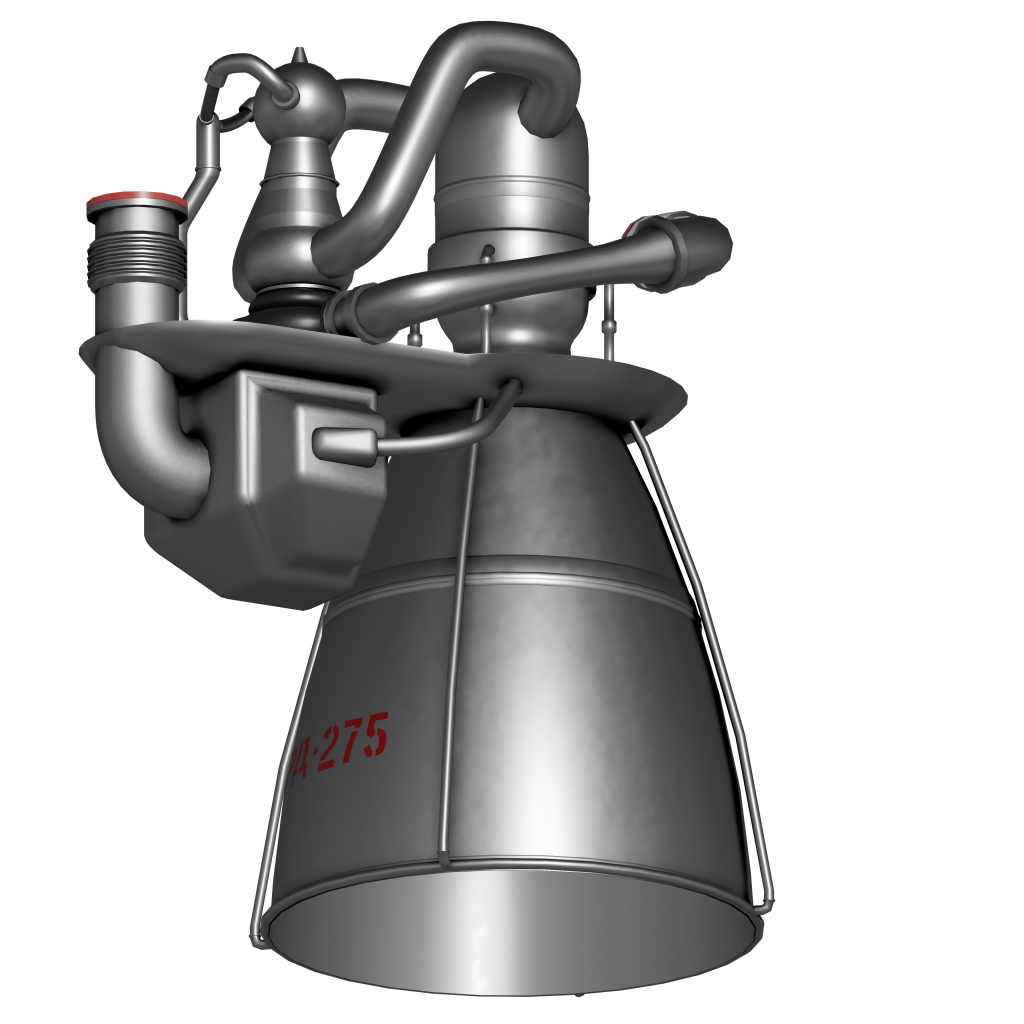
Second Stage
The second stage is 17.1 m long and is powered by three RD-0210 engines and one RD-0211 engine. The engines on this stage start their ignition sequence prior to stage separation. This process is called “hot fire staging”. That is why the second stage is joined to the first one through an interstage with a lattice structure and not through a closed one. This design allows the exhaust to escape and also reduces the mass of the interstage. Each one of these engines has one combustion chamber, runs on UDMH and N2O4, and burns for 211 s. A total thrust produced by this stage is 2,354 kN (529,200 lbf) with an ISP of 320 s at sea level.
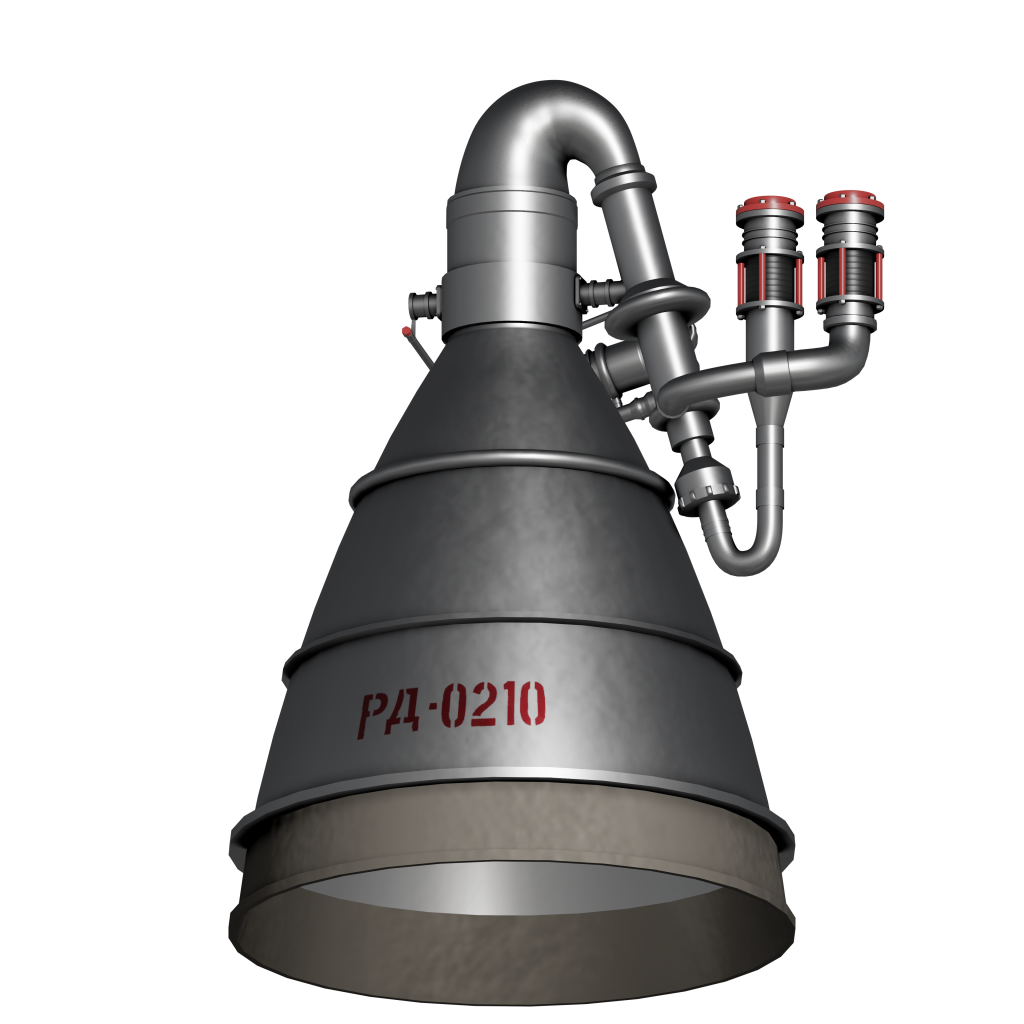
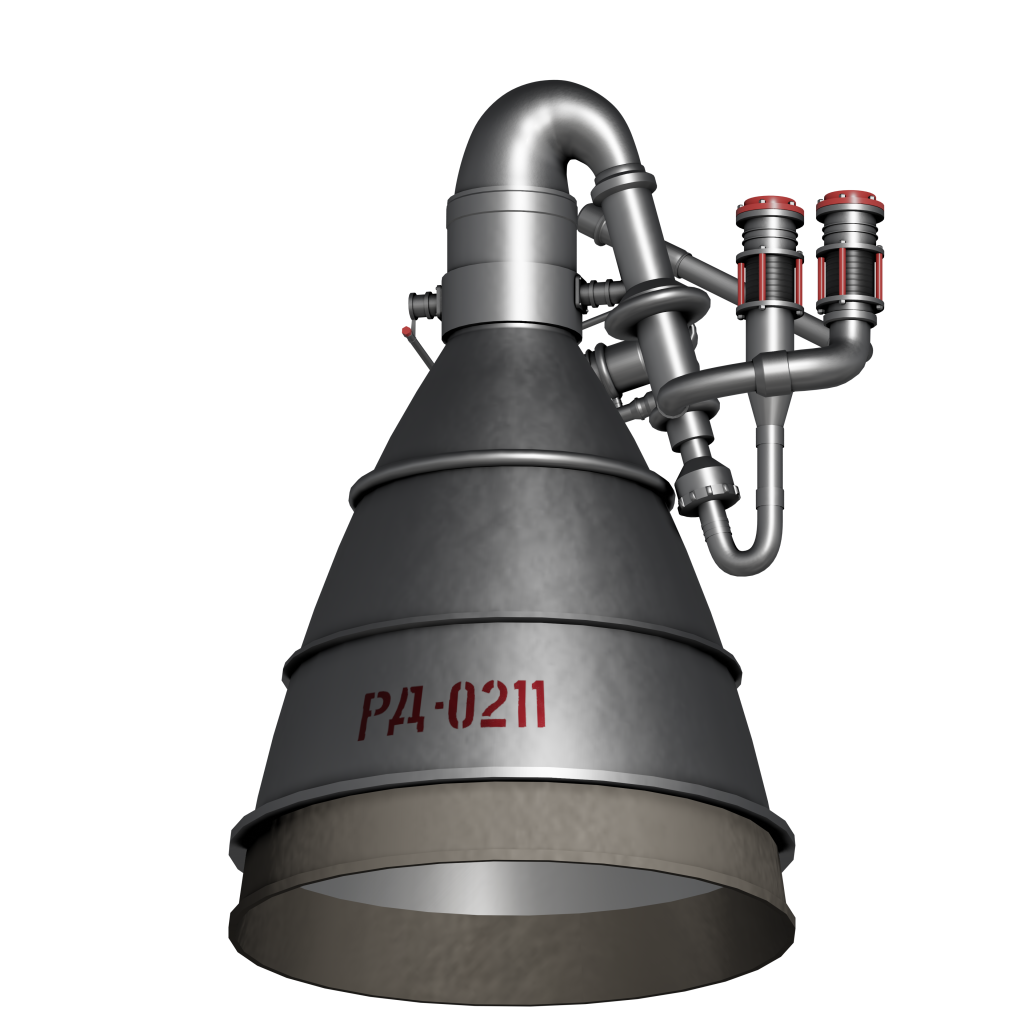
Third Stage
Like the other two stages, the third one operates on UDMH and N2O4. It is 4.1 m long and is powered by one
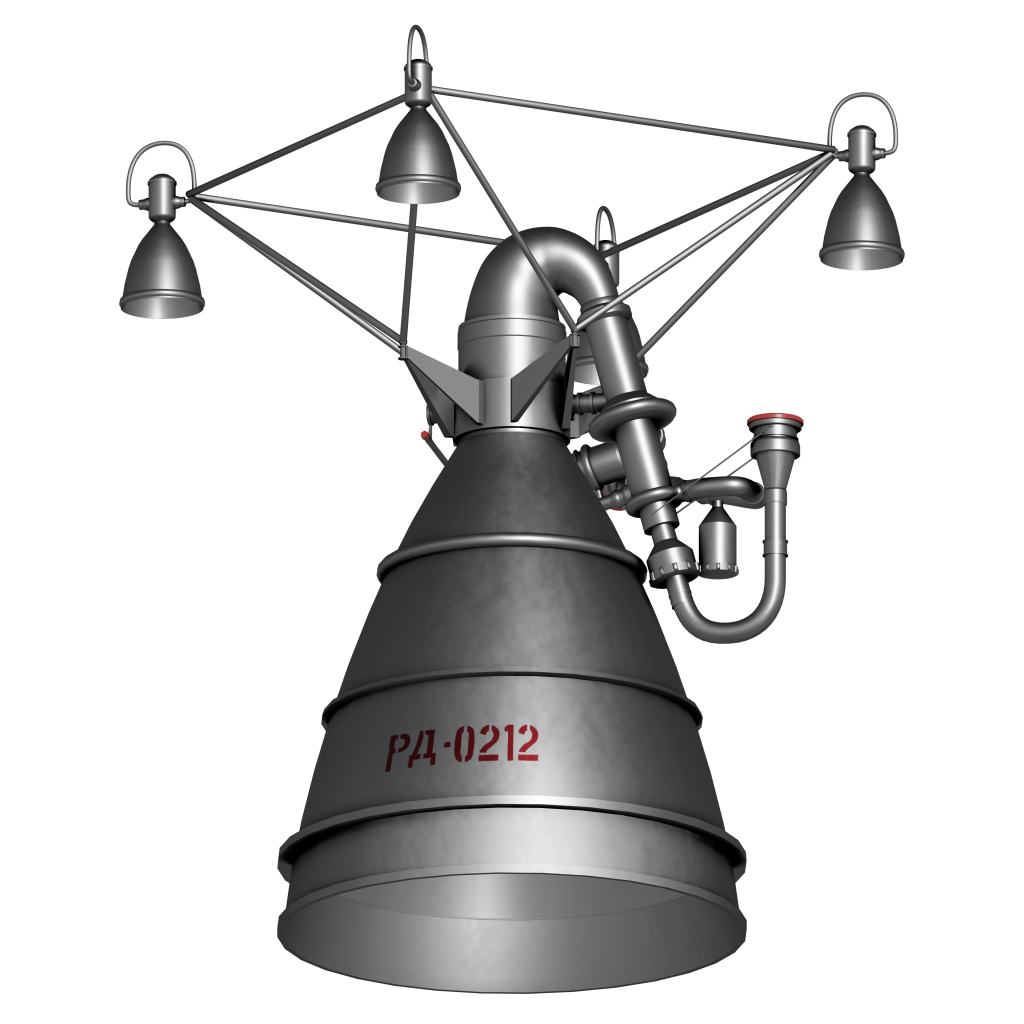
Fourth Stage (Briz-M)
The upper stage consists of a central unit and an additional fuel tank. The Briz-M upper stage is hypergolic and features the S5.98M gas generator engine, capable of producing 19.6 kN of thrust. It uses UDMH as fuel and N2O4 as oxidizer.
The basis of the control system is the Mars-3M platform developed by the OKB Mars design bureau (located in Moscow, Russia). Starting from the launch on June 9, 2016, the Briz-M features an upgraded radio-telemetry system PIRIT-RBCs that is lighter than its predecessor (8 kg vs. 14 kg) and increases energy efficiency of the stage.
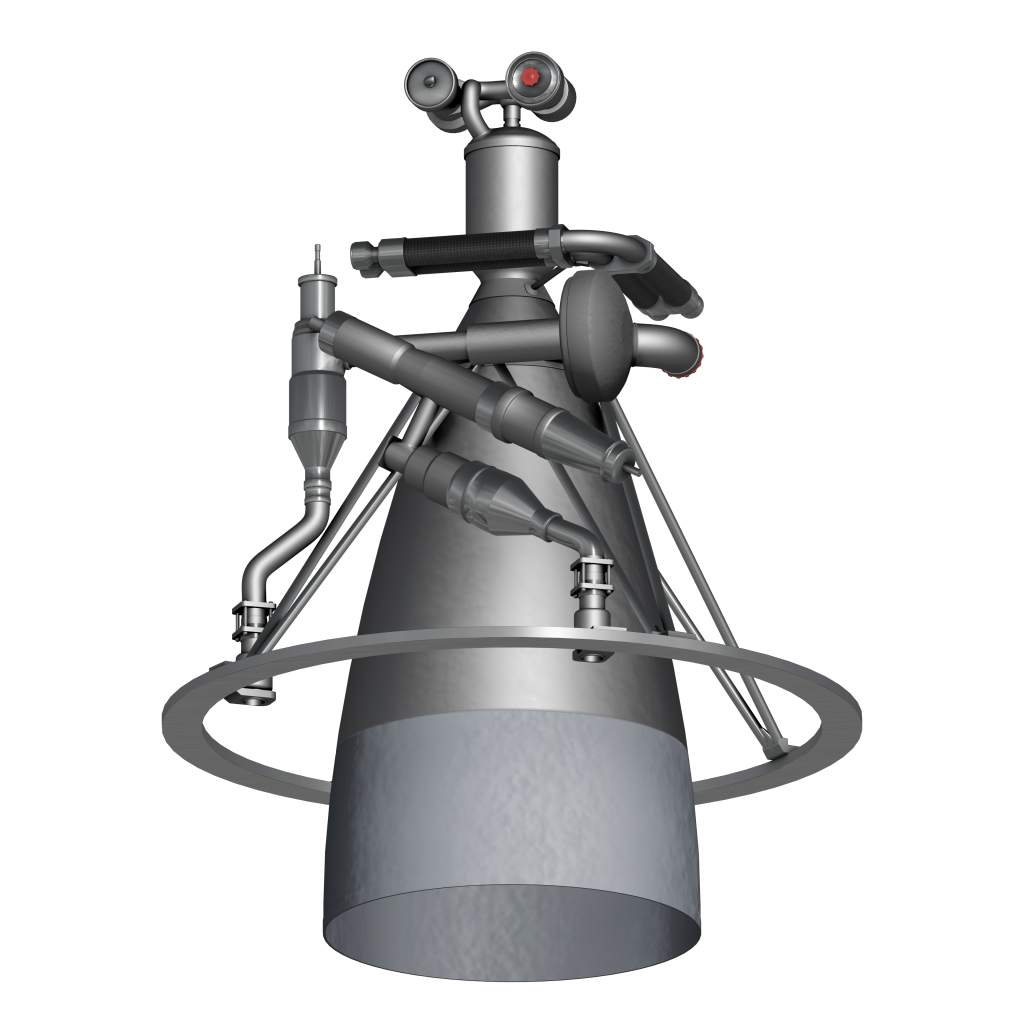
Rocket section adapted from Mariia Kiseleva.





